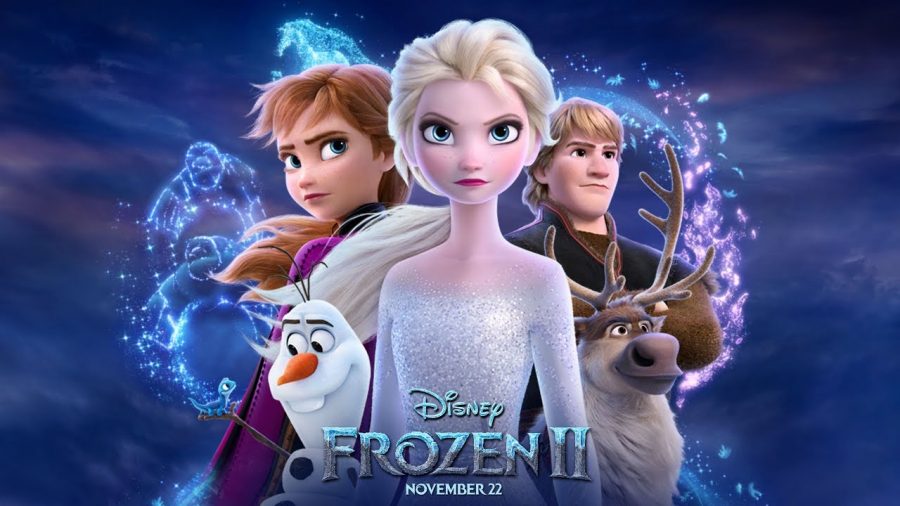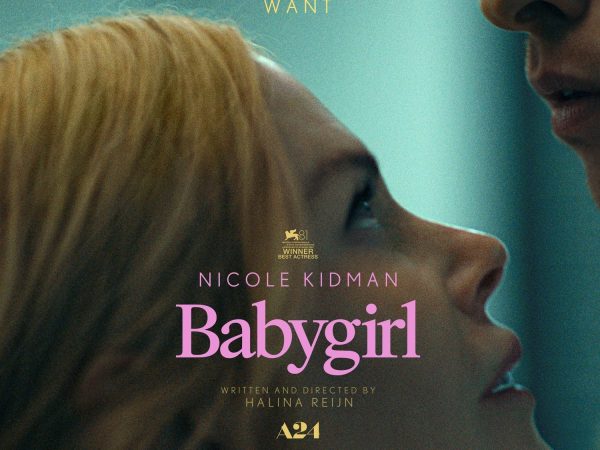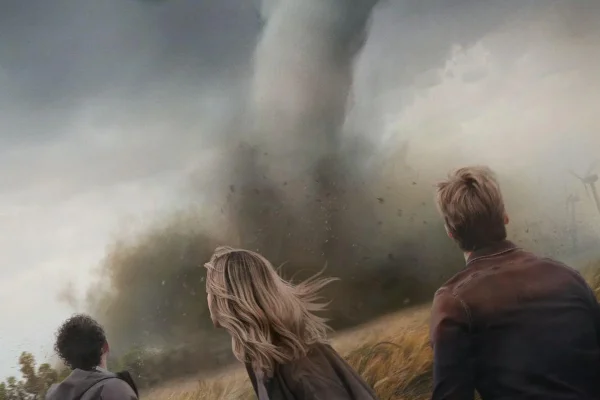Snow, White Savior Complex
Most people have been applauding the sequel to Disney’s blockbuster Frozen, but in many ways, it is far more dangerous than it appears. The not-so-subtle underpinning of the film is that the Kingdom of Arendelle, like most of the Eurocene, old or new, was built on the back of the native world.
This plot line rises to the surface of the story through a nagging voice in Elsa’s mind, encouraging her to go into the forest and reckon with Arendelle’s history of settler colonialism abroad. So she and her usual cohorts set out to follow their white guilt into the forest. The plot line follows a famous Disney trope of whimsical monarchs interacting with nature as they search for purpose that they can’t find in their endless wealth and power.
Eventually they appear which appears to be Frozen (pun intended) in time with antagonisms between the soldiers of Arendelle and native folks “at war with them” also known as defending your property and your way of life, but I digress. The white monarchs decide that they are best equipped to solve the crisis.
By the end of the story, I ended up rooting for the tidal wave coming crashing down on Arendelle, as a way to cauterize the wound of oppression, murder, and abuse. If a children’s film seeks to deal with the sins of colonialism, they need to take make it serious. A snowman melting only to be rebuilt with magic snow is not enough to atone for the foremost evil in world history, the extractivism and exploitation of the “Maritime Empires.”
The story ended in a happy-ending and lacked any real plot dimensions or depth. If you want to make a movie about snowmen and songs, that’s a-ok. But these half-measures to raise a woke generation fall flat. Frozen II is not as good as Frozen. Frozen II is exactly like all the other sequels.

Hello! My name is Joey Schafer. I am a columnist, reporter, and law blogger, and I am also Content Manager. This is my third year on the Storm Alert Staff!
Follow...














Jo • Dec 20, 2019 at 2:53 pm
Your title doesn’t match your article at all. You speak of how the movie is terrible, and clearly didn’t think to much about what you are saying. First off, at war with each other does include protecting ones homeland. What would you call Germany invading other countries in WWII, except war and invading? They also weren’t defending their land, what happened was the Arendelle soldiers had believed that these natives attacked them. The natives then believed that this wasn’t true, and that they attacked them first. The truth comes out because of Elsa, and it was the Arendellinas that attacked first. So in the end, they weren’t even protecting their land at all, just for petty revenge, on both sides. Also, calling this movie dangerous is, well false. This movie included a lot of diversity and implemented them fine(I’ll agree just adding native american characters and other characters of color isn’t always the best way to introduce diversity, but better than other movies.) Also with that, claim that this movie was half-woke, why are you talking about an aspect that wasn’t woked? This article confuses me on whether you thought it was woke or not, and if you had wished it was woke, or not. Another point was when you brought up that “The plot line follows a famous Disney trope of whimsical monarchs interacting with nature as they search for purpose that they can’t find in their endless wealth and power.” The movie was about mental issues, and how you have to overcome them. Are you suggesting that these movies be about how money and power can sole all your problems? The statement in your article before that, mentioning “white guilt,” what does that entail? She went into the forest because she was hearing a voice call her there. What if it were a person of color? Would it have been “black guilt?” Not to mention, the didn’t even know if people were even alive on the other side, let alone that they were native american. Again, what if they’re were white people behind the wall? Your making a bunch of race points, but none of them make any sense, nor were they in anyway racist in the show. Disney is going on a very get woked movement, and realize the importance of not implementing racism into their movies. The last thing I’ll bring up is how you say that the Kingdom of Arendelle was on the back of native american land. If you remember, which I doubt you actually took time to rewatch and check your facts, this is false. They built the dam in their territory because it would overtime cause a the Kingdom of Arendelle to flood. It was the Arendellians land, they didn’t take it from them. In conclusion, your article isn’t correct. While opininated articles don’t always need facts, don’t complain about something you don’t know. While I agree the first was better and that this movie could have been better, writing a poorly written article isn’t helping. I use to do media at a different school, and I know for a fact this wouldn’t pass, because most of what you say isn’t true
Joey Schafer • Jan 28, 2020 at 9:10 pm
Hello! My name is Joey Schafer and I am the author of this article!
Thank you so much for the comment, I am glad to have the opportunity to respond to any part of my writing that may have been unclear or objectionable.
With that I’m going to follow the order of critiques in your comment and try to offer my own reasoning on parts of the article that are raised in this comment. First, the headline. This headline was intended to be provocative, while still maintaining a generally fun tone and giving the reader a snapshot into what’s to come. I am critiquing the Frozen II film as being an erasure of the true colonial experience, and instead proffering a white savior in its place. The film is centered around Elsa’s ice powers, so I selected the title Snow, White Savior Complex, hoping to offer a sort of crossword within the headline, with Snow, Snow White (in reference to the archetype of the Disney princess), and White Savior Complex, which introduces my critique of the film more broadly.
“First off, at war with each other does include protecting ones homeland. What would you call Germany invading other countries in WWII, except war and invading? They also weren’t defending their land, what happened was the Arendelle soldiers had believed that these natives attacked them. The natives then believed that this wasn’t true, and that they attacked them first. The truth comes out because of Elsa, and it was the Arendellinas that attacked first. So in the end, they weren’t even protecting their land at all, just for petty revenge, on both sides. Also, calling this movie dangerous is, well false.”
This point that your making misunderstands my critique. I am saying that Arendell was in the wrong. They were acting in a colonial fashion. I would refer you to the philosopher that offered me my anti-colonialist war paradigm through which I view the film, Jean Baudrillard. (Specifically I would recommend his series of essays “La Guerre du Golfe n’a pas eu lieu” in the original French published in French magazine Libération or translated in the Guardian as “The Gulf War Did Not Occur”) There is asymmetrical warfare at play in both the old colonial exploits, that are supposed to be playing out in Frozen II, and the way that the U.S. military and press proliferated the U.S. of pro-war symbols, that ended up disillusioning the American public on the horrors of war, (New Colonialism). New colonialism is a reterritorialization of the Eurocene. Frozen II is dangerous because it erases the past of colonialism, quite literally through magic, while still furthering its worst offenses in a new way, with Elsa maintaining natural peace and order in the same way that the U.S. has “spread democracy” in Latin America, the Middle East and beyond. Moving on,
“This movie included a lot of diversity and implemented them fine(I’ll agree just adding native american characters and other characters of color isn’t always the best way to introduce diversity, but better than other movies.) Also with that, claim that this movie was half-woke, why are you talking about an aspect that wasn’t woked? This article confuses me on whether you thought it was woke or not, and if you had wished it was woke, or not.”
The basis of my critical analysis here is that the film is a wolf in sheep’s clothing. It really wants to deal with the tension between the Eurocene and indigenous folks. It tries to do the “woke” thing and uplift marginalized voices. But think about movie theater audience for a second. Disney is a company, trying to make money. The best way to make money is not to make Elsa an evil “anti-woke figure, or radically emancipatory in fighting back against agents of the Eurocene and so on. They make money by throwing in a few marginalized narratives, then quickly suppressing them so as to not make anybody too uncomfortable with their own whiteness or history. This is a bad call all around. I wish the movie was radically emancipatory, that the wave destroys Arrendell, that nature is on the side of justice and wipes their pitiful town built off colonial extractivism to the ground. I speak to this in the piece, but am happy to elaborate here.
“The plot line follows a famous Disney trope of whimsical monarchs interacting with nature as they search for purpose that they can’t find in their endless wealth and power.” The movie was about mental issues, and how you have to overcome them. Are you suggesting that these movies be about how money and power can sole all your problems”
Elsa was being told by nature to return to the forest, where her colonial forebears had committed a grave atrocity. I don’t think you and I watched the same movie! While a Frozen II that seriously dealt with mental illness would have been fantastic, that is not really the plot of this movie, except for maybe the scene where Olaf and Anna are trapped in the cave and give in to nihilism, but my article hasn’t mentioned that.
“The statement in your article before that, mentioning “white guilt,” what does that entail? She went into the forest because she was hearing a voice call her there. What if it were a person of color? Would it have been “black guilt?” Not to mention, the didn’t even know if people were even alive on the other side, let alone that they were native american. Again, what if they’re were white people behind the wall? Your making a bunch of race points, but none of them make any sense, nor were they in anyway racist in the show. Disney is going on a very get woked movement, and realize the importance of not implementing racism into their movies”
You talk about a lot of hypotheticals. What if Elsa was black? Who cares? She isn’t in the movie. Reviews, especially critical ones, are typically critical of the events in the film or other form of art, and do not respond to what the art could’ve been. On the Disney point and the White Guilt point, I would refer you to my earlier statement, only to add that my read of the film is that the voice calling her back to the forest is not her own guilt, but rather an institutional guilt, that the film, tries and fails to rectify with nature. This is not calling out Frozen II for being overtly or even implicitly racist. This is calling out Disney for white-washing history to a whole generation of young people, and doing it for money.
“The last thing I’ll bring up is how you say that the Kingdom of Arendelle was on the back of native american land. If you remember, which I doubt you actually took time to rewatch and check your facts, this is false. They built the dam in their territory because it would overtime cause a the Kingdom of Arendelle to flood. It was the Arendellians land, they didn’t take it from them.”
I did take your advice and see the film a second time. The part that may have been left unclear in my article is that the actions of the kingdom are less like the colonialism of Columbus and more like the colonialism of Jackson. The indigenous folks were presented with a false choice, and when that false choice, between fake extractivist friendship and brute military force, they unfortunately chose the extractivist friendship, with the brute military force coming later. This patchwork of false peace for the outcomes favored by the colonizer is not the traditional model, but is also hardly unorthodox.
“While opininated articles don’t always need facts, don’t complain about something you don’t know. While I agree the first was better and that this movie could have been better, writing a poorly written article isn’t helping. I use to do media at a different school, and I know for a fact this wouldn’t pass, because most of what you say isn’t true”
Unfortunately, my critique of the film was just my perspective. There is no need for you to come and fact check me in the future, I take great pride in being thoroughly knowledgeable in the field that I’m writing in, but I’m not always the most clear, because I view concision as both a necessity and a vice. If you would like to raise questions on any of my other articles, I would be happy to work through parts that may have been left on the cutting-room floor that further explain my position. Ultimately, I’m using my platform to take on American culture in the ways that it might misunderstand history. I always strive to be helping.